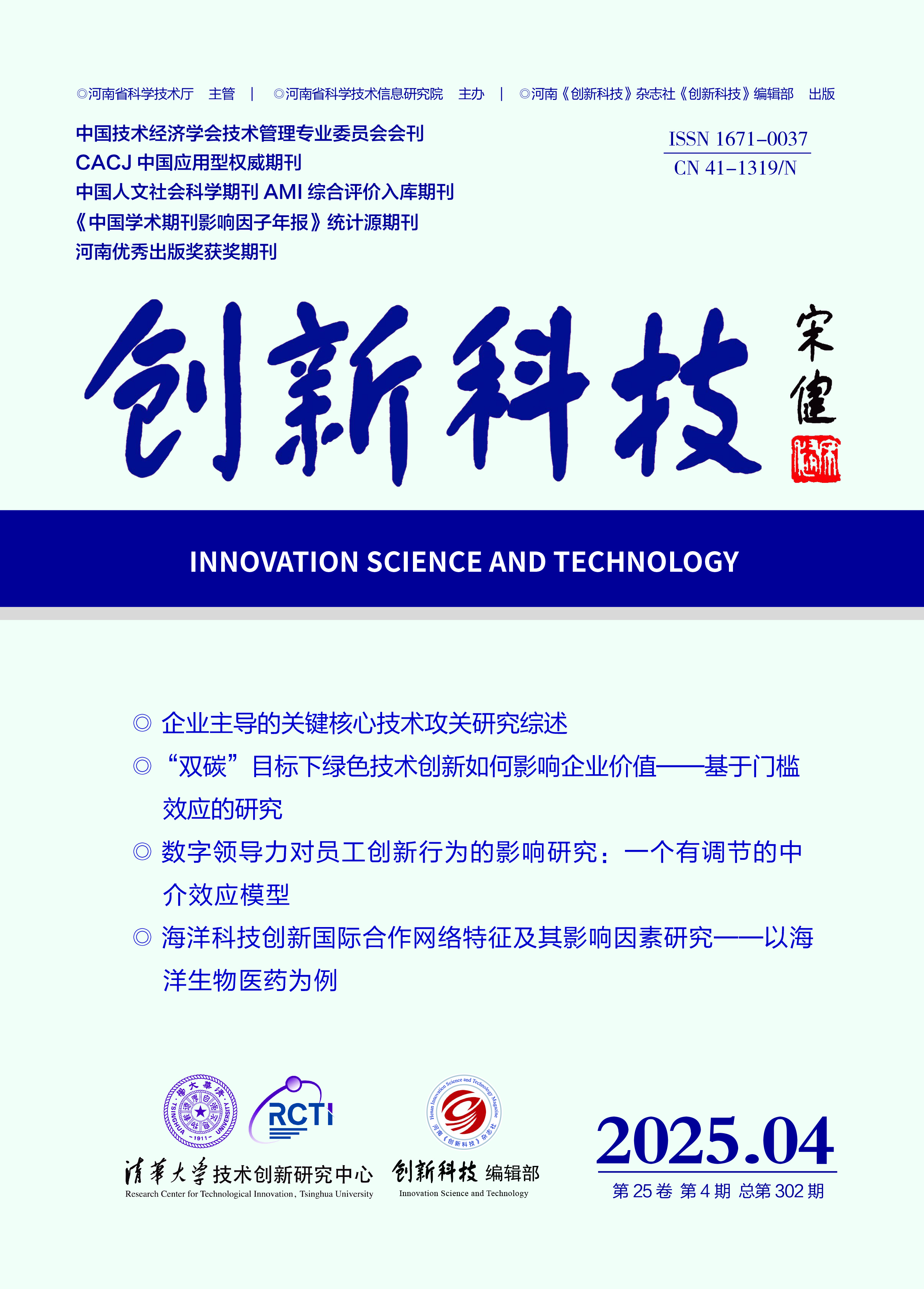INNOVATION SCIENCE AND TECHNOLOGY
Quick Search

All publication are peer-review
Peer review will take the from of double-blind review Judge objectively and impartially
There is no conflict of interest for the reviewer
Review articles shall be kept strictly confidential prior to publication
International Science & Technology Innovation Outlook
The Innovation Management Model and Implications of OpenAI
Yin Ximing1,2 , Li Yifan1 , Li Jizhen2,3 , Chen Jin2,3
(1.School of Management and Economics, Beijing Institute of Technology, Beijing 100081, China; 2.Research Center for Technological Innovation, Tsinghua University, Beijing 100084, China; 3.School of Economics and Management, Tsinghua University, Beijing 100084, China)
Abstract: Artificial intelligence (AI), as a strategic, disruptive, and pioneering technology, has profoundly impacted the global economy, technology, and society. Since 2023, breakthroughs in AI technology represented by ChatGPT and its application fields have continuously propelled it to new peaks. In China, AI is recognized as a key driving force behind the development of the digital economy and the construction of a global innovation powerhouse. After years of strategic planning, scientific research investments, and innovative practices, significant achievements have been made regarding on China's AI technology innovation and industry development. How⁃ ever, the introduction of ChatGPT by OpenAI has highlighted a significant gap between China and the US in core algorithms and pivotal technologies, which poses a potential "bottleneck" risk. OpenAI, a leading global institution in the field of artificial intelligence, has achieved re⁃ markable success in just eight years since its establishment. Its unique innovation management model serves as the core driving force for its continuously leading industry transformation, en⁃ hanced competitiveness, attraction of top talents, and assurance of long-term growth. This offers immense reference value for China to enhance its level of AI technological innovation. This study focuses on exploring OpenAI's innovation management model and its implica⁃ tion for China's innovation-driven development. Through in-depth case analysis, we delve into OpenAI's development strategy, core philosophy, and management practices since its inception. Relying on the context-driven innovation theory and utilizing a single-case analysis approach, we investigate how OpenAI effectively integrates its vision, strategy, and organizational structure to continuously achieve breakthroughs in the AI field. The research findings indicate that OpenAI has constructed an open innovation ecosystem anchored on large AI models. This ecosystem is driven by innovation management across five ar⁃ eas :context, talent, ecosystem, innovation finance, and security governance. It is spearheaded by young talent, and driven by a vast array of contexts. This facilitates a virtuous cycle integrating technology, finance, and industrial context, allowing OpenAI to rapidly leapfrog from a follower to a global AI innovation leader. These practices provide valuable insights for Chinese govern⁃ mental, industrial, academic, and research entities to deeply grasp the developmental patterns and innovation models of the new generation of AI, accelerate the innovation and industrializa⁃ tion of general AI, nurture world-class enterprises, and forge a modernization engine for China's sustainable and high-quality development.
Key words: artificial general intelligence(AGI); OpenAI; ChatGPT; context-driven innova⁃ tion; innovation ecosystem